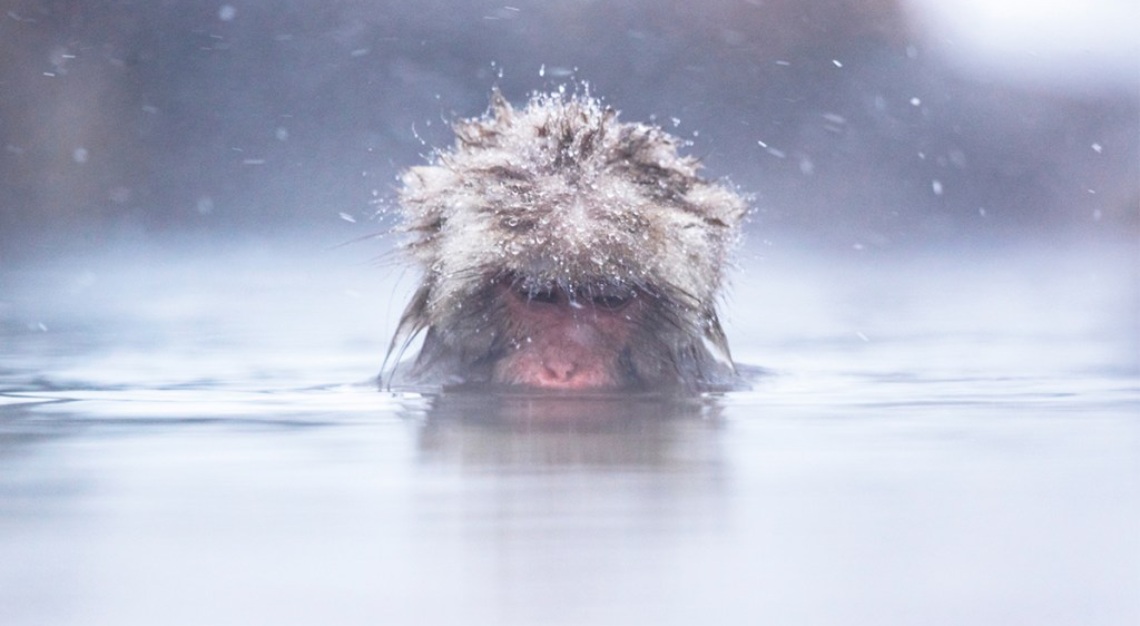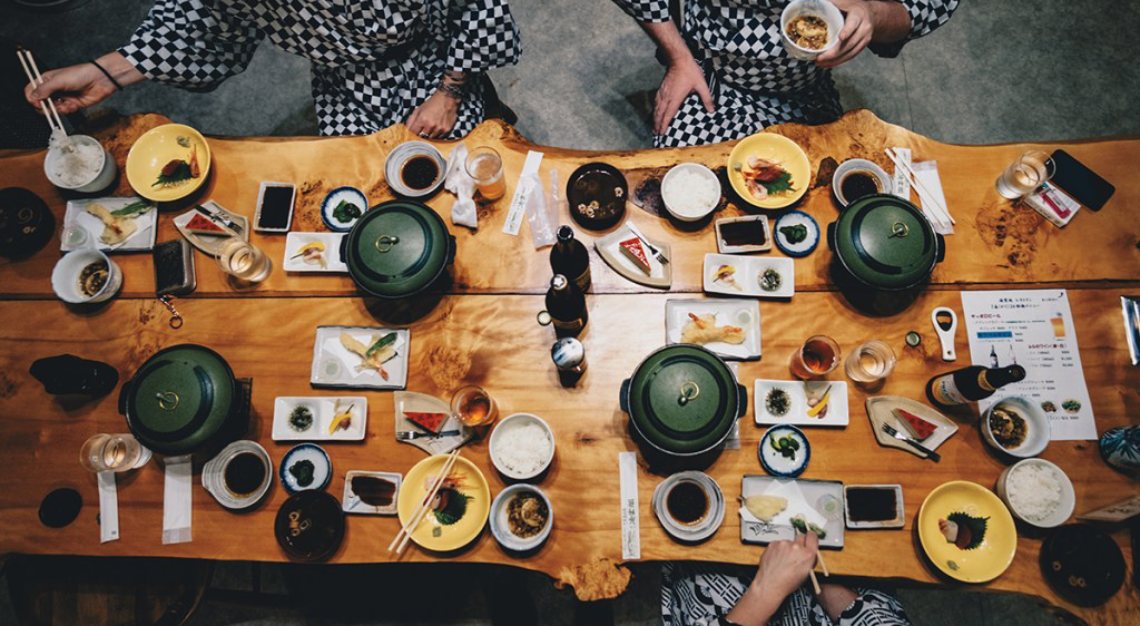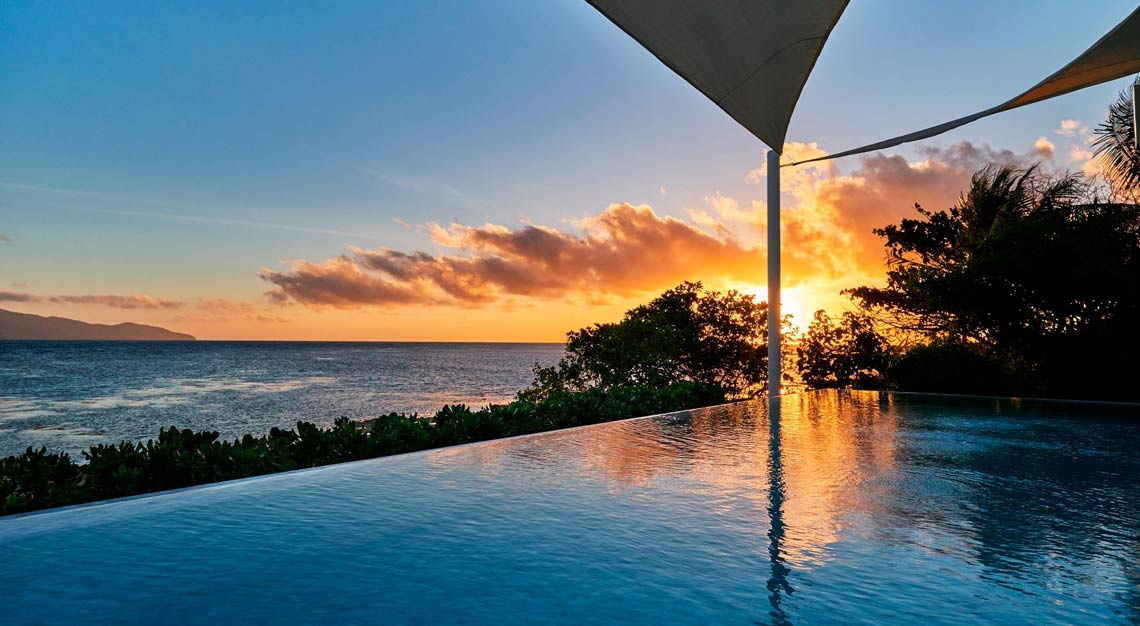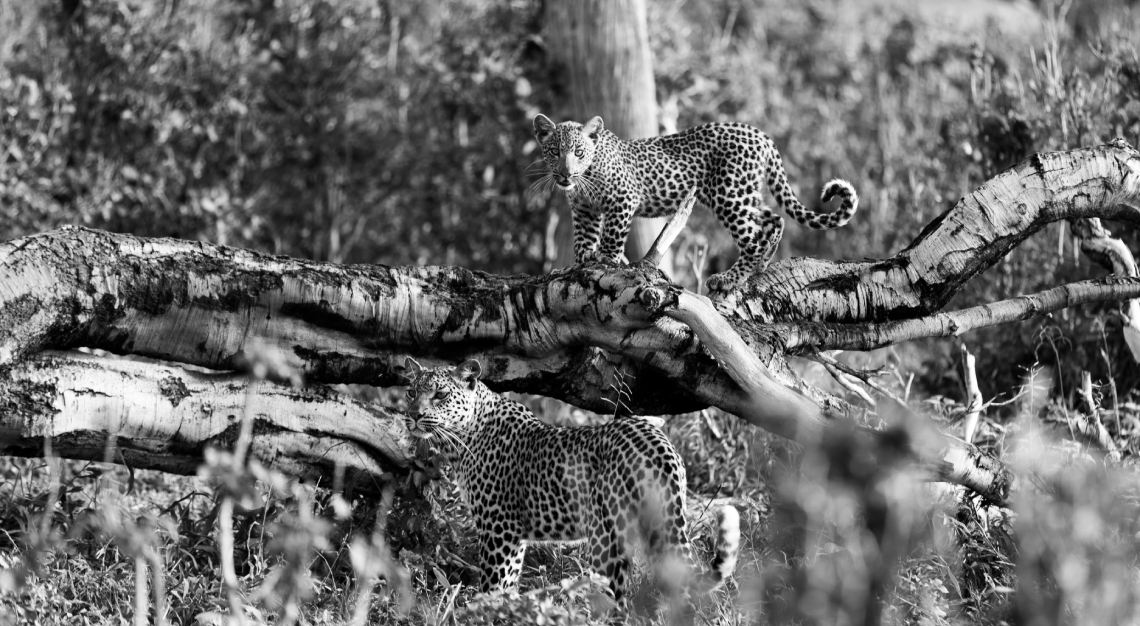Aside from some of the best snow on Earth, the country’s “Japow” community includes some of the best mountain resorts
Japanese snow is the stuff of legend. In an average winter, freezing Siberian winds scoop up moisture from the Sea of Japan and blanket the country with over nine metres of cold, bone-dry powder—famous in the ski community as “Japow”—making it one of the snowiest places on the planet. There are around 450 ski resorts across an island nation roughly the size of Montana, and during good winters lodges such as Nozawa Onsen, Kiroro, and Geto Kogen can get over 900 inches. If you’ve never skied here, picture charging through beech forest, bouncing down pillow lines in chest-deep Japow as crystallised white smoke billows toward the sky, and you’ll soon grasp the appeal.
But there’s more to shredding Japan than staggering volcanic landscapes and the world’s most beautiful snow. Here, ramen is the go-to skier’s lunch, hot tubs are replaced by the traditional outdoor hot springs known as onsen, and karaoke bars trump nightclubs. The country’s diverse resorts showcase quintessential local cuisine, culture, and hospitality, and there are options for every type of trip, from family vacations to ski safaris to hardcore powder pilgrimages. Just be sure to avoid the holiday crowds over Chinese New Year and hire an expert regional guide (more on which, below) to help you search out the best snow, smooth over lost-in-translation moments, and steep yourself in the unforgettable surrounds.

For a bit of everything: Nozawa Onsen & Hakuba Valley
To experience a generous sampling of what Japanese skiing has to offer, the neighbouring mainland prefectures of Nagano and Niigata are home to over 130 ski resorts, including the historic spa town of Nozawa Onsen and the Hakuba Valley, which sit in the shadow of the towering northern Japanese Alps. Simon Meeke, managing director of UK-based luxe-ski specialist Powder Byrne, calls Nozawa Onsen “the perfect ski town, retaining a traditional Japanese atmosphere and adding dramatic scenery, quiet pistes, and easily accessible side country.” Meanwhile, Hakuba’s resorts—notably Hakuba 47, Happo-One, and Cortina—provide a skier’s dream pick-and-mix between them, offering Japan’s steepest ski terrain, diverse groomed and off-piste options, and stellar tree skiing, all easily accessible. For a comprehensive Japanese mountain experience, Powder Byrne provides an eight-night Nagano ski safari combining three nights each in traditional ryokan in Nozawa Onsen and Hakuba plus two nights in Tokyo, complete with ski guiding and lift passes, bed-and-breakfast accommodations, train travel, private transfers, and city sightseeing.
From about US$9,800 per person based on two guests
For the extreme pow-hound: Tohoku & Niseko
“Tohoku is the next off-the-beaten-track ski destination, with very few foreigners and an abundance of fresh powder and traditional onsens,” says Nickie Mabey, founder of ski-adventure specialist Mabey Ski. Making up the northeastern third of Honshu, the Japanese mainland, Tohoku encompasses multiple small independently owned ski areas, among them Aomori City, allegedly the “snowiest city in the world”; Juhyogen Slope, named after the hulking frozen trees called juhyo, or snow monsters; and Alts Bandai, where the powder is so fine you literally can’t form snowballs with it. Mabey Ski has created a 14-night adventure around the region, skiing several local resorts, including Appi Kogen, home to one of the largest hot springs in Tohoku, before venturing farther north for Aomori Springs and then crossing the Tsugaru Strait to spend six nights in Niseko, on the island of Hokkaido, where guests can ski tour into the Mount Yotei crater.
From US$9,600 per person based on two guests

For an immersive experience: Myoko
The region of Myoko takes its name from Mount Myoko, which straddles Nagano and Niigata. Myoko’s resorts are among Japan’s oldest, retaining an authentic, low-key feel while benefitting from huge snowfall—one local lodge, Seki Onsen, claims some 600 inches per winter—making it popular for off-the-radar backcountry terrain and genuine Japanese hospitality. Myoko Kogen is a lift pass–linked area comprising four key resorts (Akakura Onsen, Akakura Kanko, Ikenotaira Onsen, and Myoko Suginohara) while additional resorts, including Lotte Arai, Madarao, and Tangram, dot the surrounding mountains. Naomi Mano, founder of the Japan-travel specialist Luxurique, customises itineraries in the region for travelers seeking immersion in the local culture; a week in Akakura might include shredding with Olympic coaches, staying at intimate ryokan, Cat-skiing in virgin powder bowls, and visiting the snow monkeys of Jigokudani.
From US$8,000 per person based on two guests
For the family that shreds together: Hokkaido
The island of Hokkaido is famous for its dry, abundant snowfall and sophisticated ski resorts, which number over 100. Hugely popular with Australians, destinations such as Niseko and Furano offer a cosmopolitan vibe with modern design, Western-style hotels, and Michelin-starred dining. As one of Japan’s leading seafood and agricultural producers, Hokkaido is known for its cuisine both local and global, from ramen and yakitori to pizza and bouillabaisse. Niseko links four resorts (Grand Hirafu, Niseko Village, Annupuri, and Hanazono) that combine to offer gentle, kid-friendly pistes, snow-laden backcountry terrain, epic tree runs, night-skiing, and sweeping views of the volcanic Mount Yotei.
“Skiing in Niseko is a magical experience,” says Bella Syme, founder of downhill-holiday specialist ALS Ski, “and a great option for families.” She recommends the new Niseko Kyo, with its 22 luxury slopeside residences (for which her company operates the ski-concierge service, a logistical must for large families and groups of various skill levels) located near the kids’ ski area of Niseko Mountain Resort Grand Hirafu.
From about US$27,600 per week for a family of four
This story was first published on Robb Report USA. Featured image by Christianna Fzger/Getty Images






